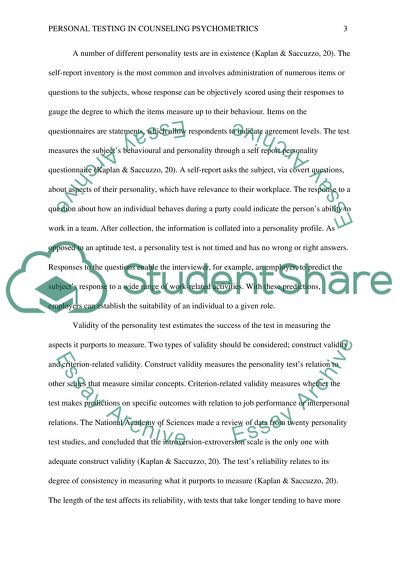Cite this document
(“Personal Testing in Counseling Psychometrics Research Paper”, n.d.)
Personal Testing in Counseling Psychometrics Research Paper. Retrieved from https://studentshare.org/psychology/1453384-intergrative-final-project
Personal Testing in Counseling Psychometrics Research Paper. Retrieved from https://studentshare.org/psychology/1453384-intergrative-final-project
(Personal Testing in Counseling Psychometrics Research Paper)
Personal Testing in Counseling Psychometrics Research Paper. https://studentshare.org/psychology/1453384-intergrative-final-project.
Personal Testing in Counseling Psychometrics Research Paper. https://studentshare.org/psychology/1453384-intergrative-final-project.
“Personal Testing in Counseling Psychometrics Research Paper”, n.d. https://studentshare.org/psychology/1453384-intergrative-final-project.


